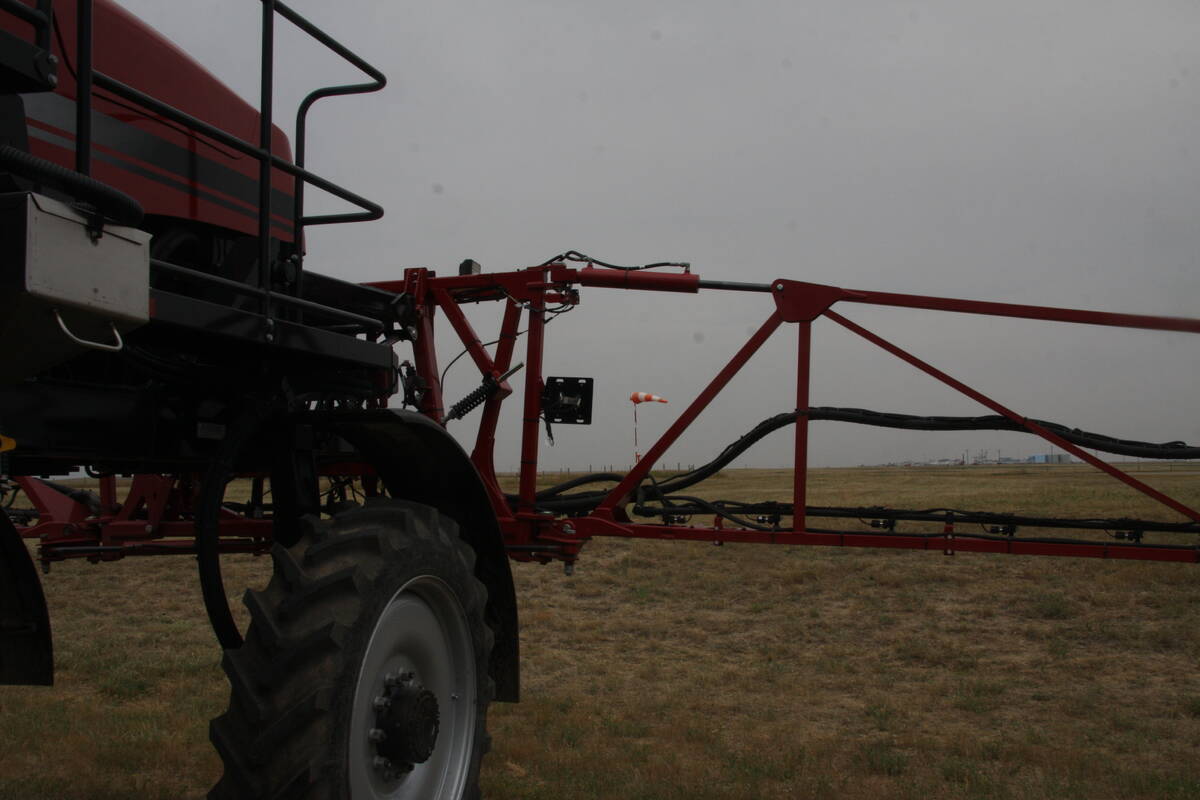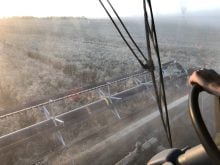North Dakota farmers eager to take part in windbreak renovation program
BOTTINEAU, N.D. — Anne Ehni is leading a major renovation project in North Dakota from a tractor.
The manager of the Wells County Soil Conservation District told a recent Canada-U.S. windbreak conference that there are 88,500 kilo-metres of field windbreaks in the state and 64,000 km of them need renovation.
The decline of established farmstead and field windbreaks has been identified as one of the most significant natural resource issues facing rural North Dakota, she said.
Trees planted decades ago throughout the North American Great Plains, particularly after the dust bowl of the 1930s, are aging and falling to disease and pests.
Read Also

More work wanted on removing red tape
REGINA — Canadian farmers risk falling further behind competitors if two main federal agencies don’t become more efficient and responsive…
“Our elms are really taking a beating,” she said.
Some farmers believe trees no longer play a significant role in reducing soil erosion and are ripping out old windbreaks to plant more crop, but others say there is still a need for trees.
“Many more are getting pushed out than we’re replanting,” Ehni said.
Wells County has implemented a $500,000 six-year cost-share program through the Co-operative Conservation Partnership Initiative. The funds have depleted quickly in the first three years of the program because participation has been strong.
There were 108 farm visits, 81 applications and 62 contracts for renovation work between August 2009 and May 2012
More kilometres of trees were planted in 2010 and 2011 than in the 14 previous years in total, Ehni said.
“There are more lined up for this year and next than ever,” she said.
Ehni contacted landowners by sending out postcards containing information about the program.
The crew uses a tractor and tree planter with a coulter to dig a furrow. Two people sitting backward on the planter take seedlings from barrels mounted on the back of the planter and place them in the furrow, spacing them according to the species.
The driver then drives the tractor along the edges of the furrow to smooth them and another pass is made with weed barrier fabric.
One person sitting on the machine cuts the fabric as it passes over each seedling. Two others walk along the edge of the fabric and secure it to the ground with large staples while another does the same around the seedling.
Tree shelters may be placed around the seedlings, allowing them to grow without damage from deer or wind.
Ehni said they prefer to use woven weed barrier fabric rather than plastic because it doesn’t stretch out of shape.
Perforated plastic allows water through but also allows weeds to grow, even when herbicide has been sprayed before planting.
Weeds will grow from the top down on the fabric but can be cleaned off.
Producers are responsible to water the trees.
“Water infiltration is not as high as I’d like it to be,” she said of the fabric, but weed suppression is critical.
Producers must remove the fabric about five years after planting so that it doesn’t girdle the growing trees.
The conservation district receives no money from the cost-share program. It all goes to producers, which Ehni said is key to the program’s success.
Ehni said today’s windbreaks are “not your grandparents’ shelter belts.”
The 10 to 15 rows of trees planted generations ago might not be necessary. Three rows may be enough, depending on the purpose of the windbreak.
That’s why renovation doesn’t always mean planting new trees.
Rows could be removed, especially where they were planted too close together or the wrong species was used.
Individual trees can be removed to thin rows, and deciduous trees and shrubs that will sprout from the stump can be coppiced, or pruned, to allow regrowth.


















